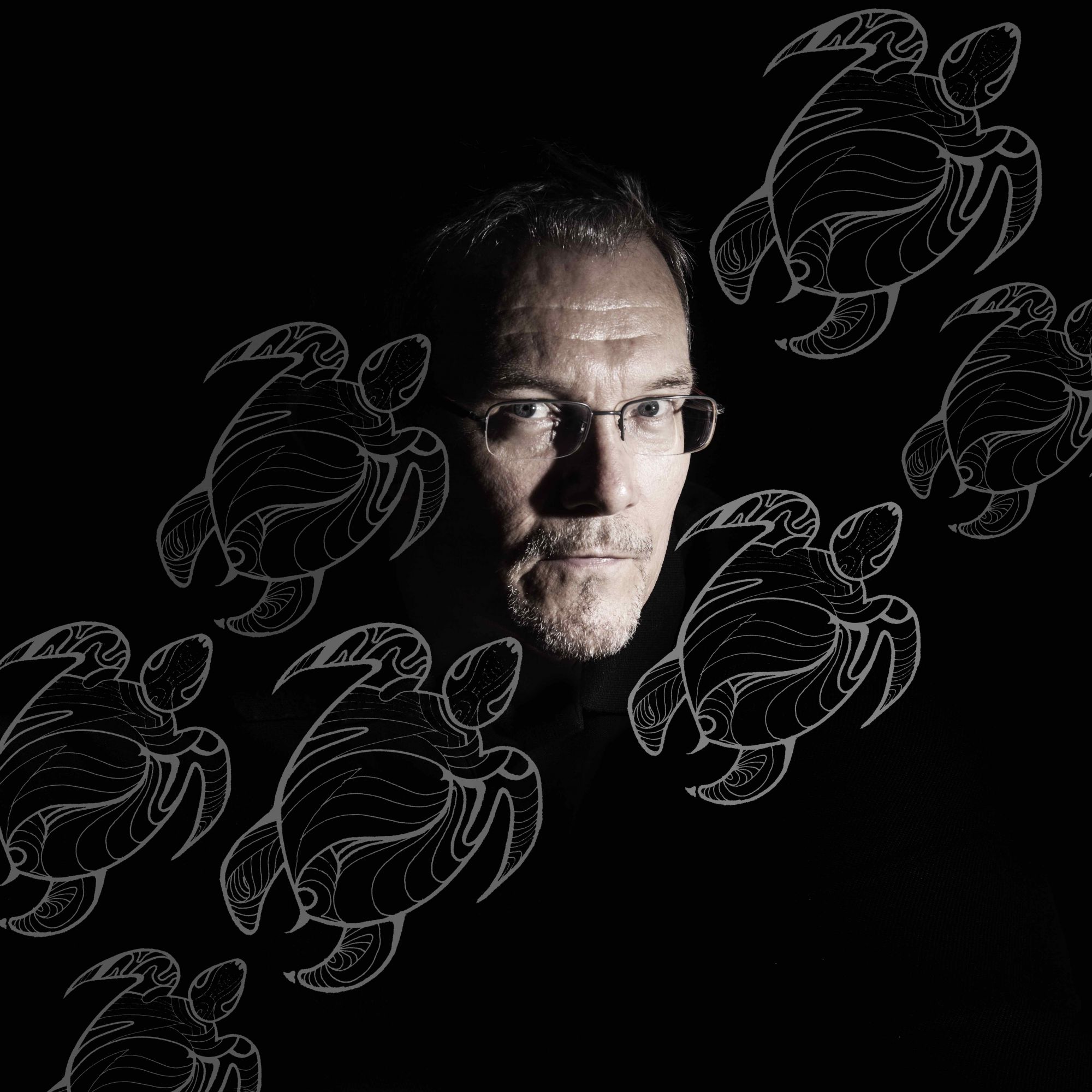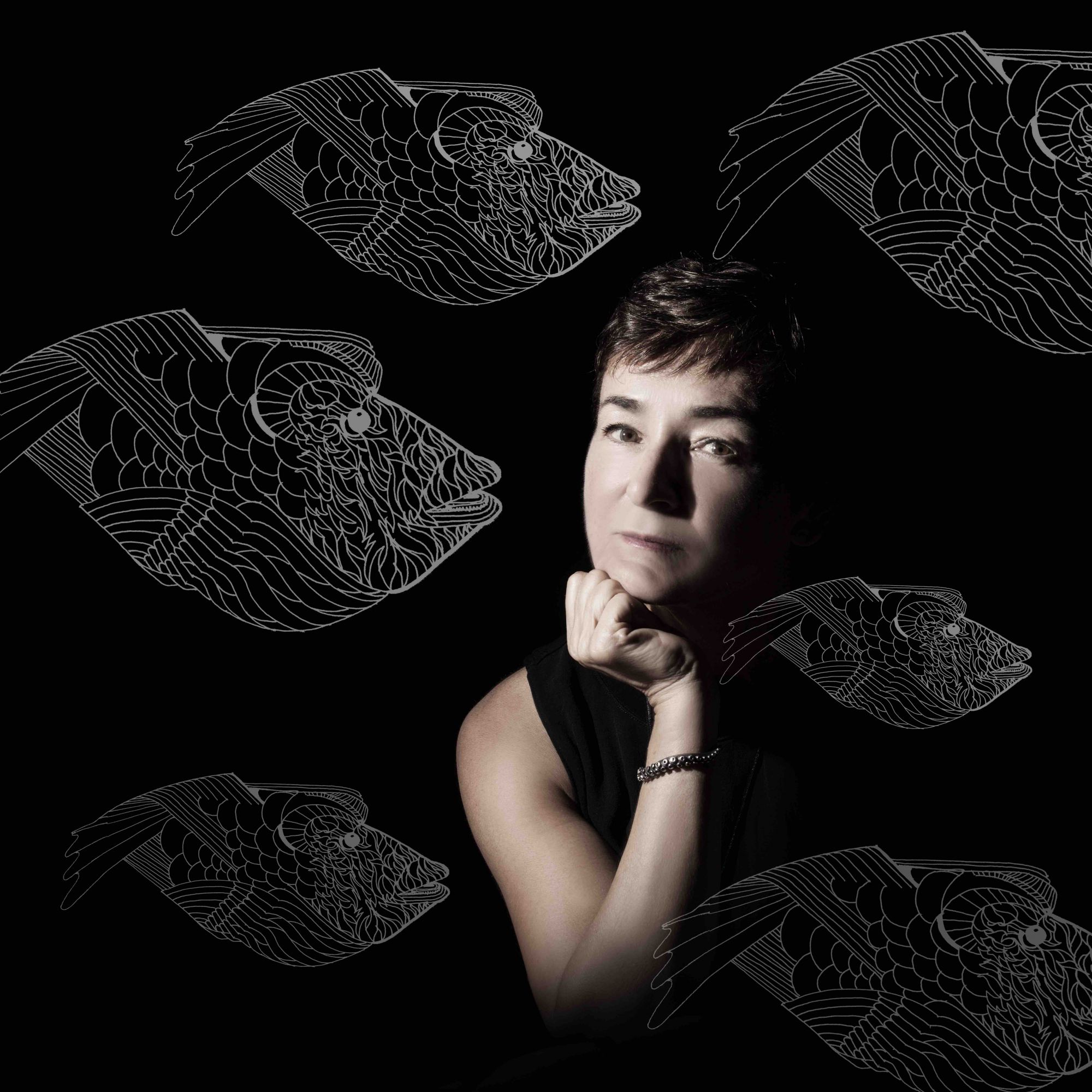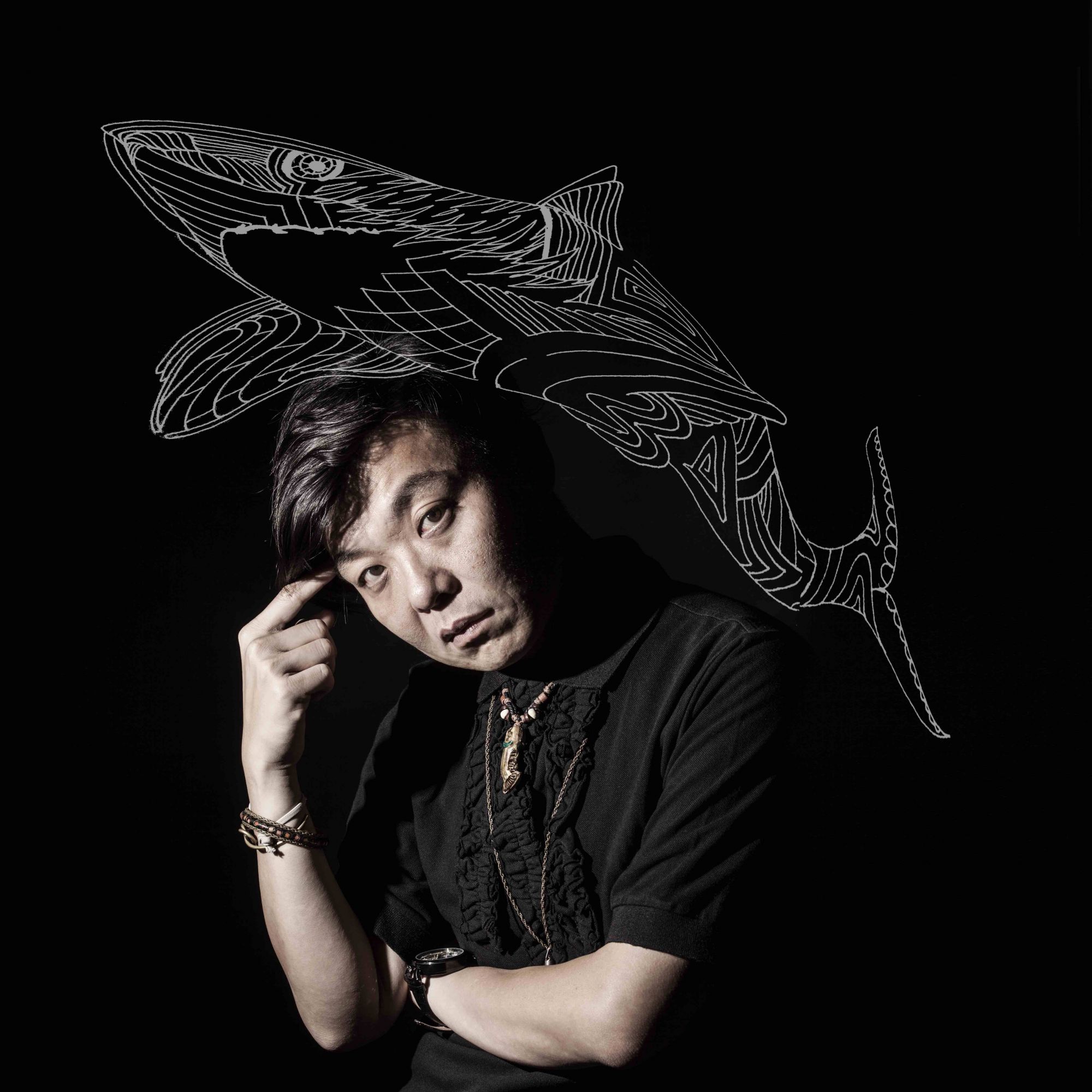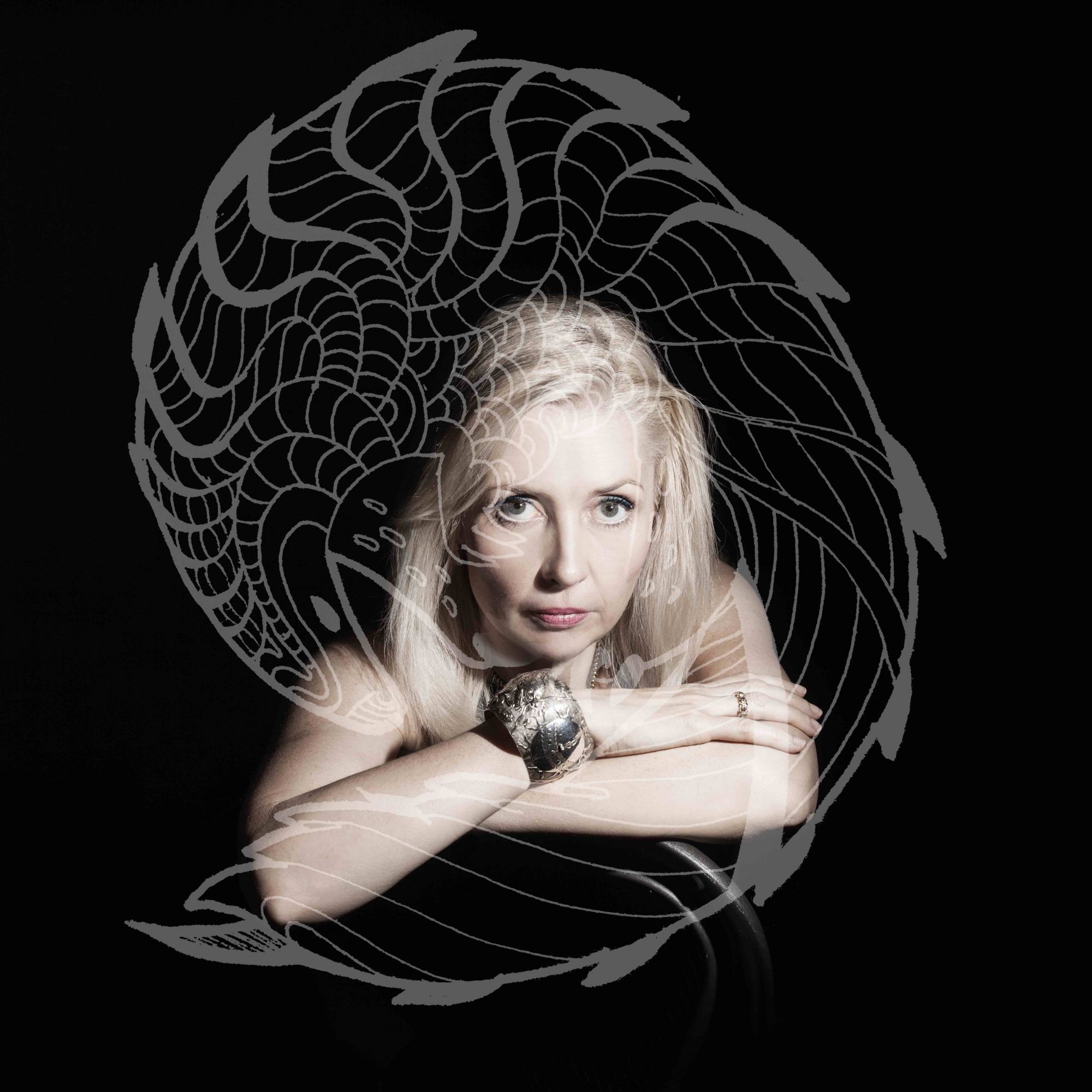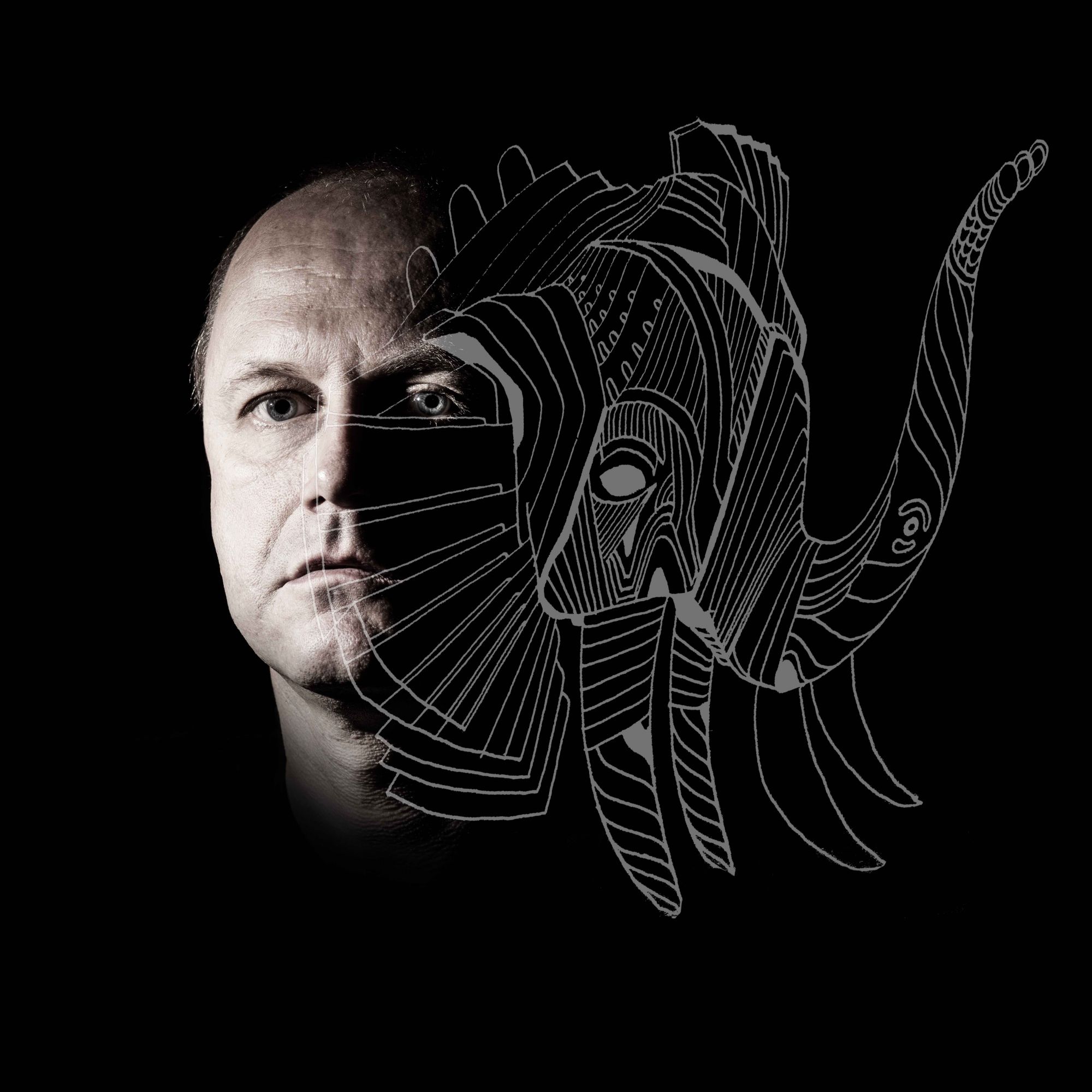Hong Kong’s illustrious mercantile history has a dark underbelly—the city’s role as a global hub for the illegal trafficking of wildlife and animal products. Six activists reveal how they're fighting to stop this cruel multibillion-dollar trade
Customs officials at Hong Kong’s airport have seen—and seized—almost everything you can imagine. Piles of counterfeit Louis Vuitton purses. Ziplock bags stuffed with heroin tucked under insoles. Orange ecstasy pills cut into the shape of Donald Trump, trademark quiff and all.
But customs agents now regularly encounter a very different sort of illegal cargo. In January this year, they unzipped the suitcase of a passenger disembarking from a flight from Jakarta and found 658 young pig-nosed turtles squirming inside, all cruelly stacked on top of each other.
Some had been crushed to death on the journey. This was not an isolated incident. It was one of 522 cases of wildlife trafficking intercepted in Hong Kong in just the first eight months of this year.
See also: The Tatler Guide To Combating Climate Change
“Hong Kong is not just a wildlife trafficking hub, it is the global hub for wildlife trafficking,” explains Alex Hofford, a campaign manager for WildAid. “More wildlife seizures are made at the border between Hong Kong and Mainland China than anywhere else in the world. You can even put in poaching orders here. In a 2015 undercover investigation, we discovered one guy who said, ‘I can pick up the phone and order you an African elephant tomorrow.’”
Elephants have historically been in high demand because of their tusks, which are carved into ivory jewellery and sculptures, but that’s just the tip of the iceberg of the wildlife trade.
Between January and August this year, customs officials seized 174 tonnes of illegal wildlife products at the city’s borders, including rhino horn, shark fin and a staggering 16 tonnes of pangolin scales, for which it’s likely at least 30,000 of the mammals were slaughtered.
Tens of thousands of live animals are also rescued every year from suitcases and shipping containers at Hong Kong’s borders, ranging from monitor lizards and frogs to those unlucky pig-nosed turtles.
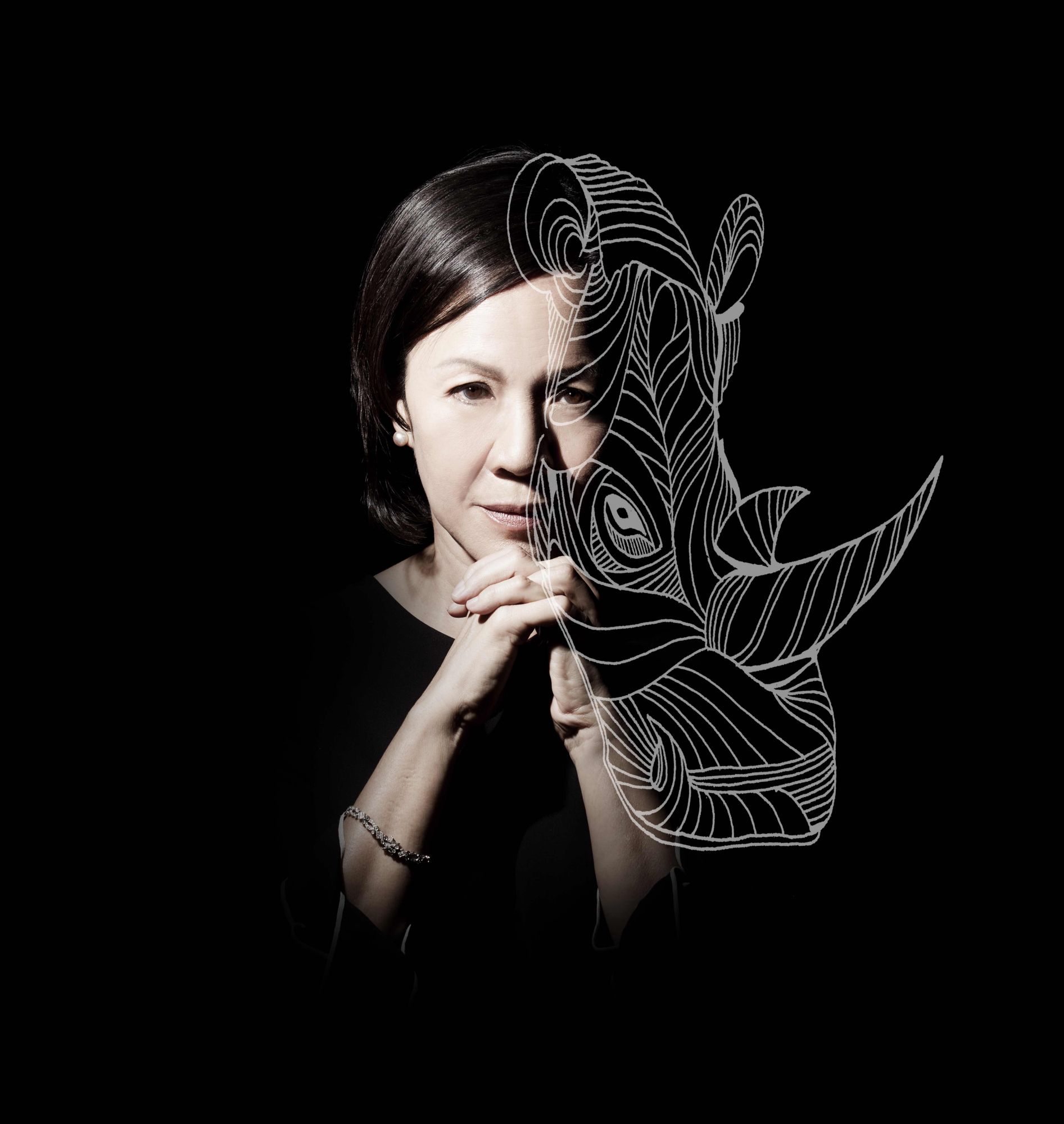
The background
So why is Hong Kong such a hotspot? For a start, its laws against wildlife trafficking have historically lagged far behind those of many countries.
“When a guy has maybe 50 radiated tortoises in his suitcase that are worth over a million dollars and the sentence is a fine of HK$10,000, that is not a deterrent,” says Amanda Whitfort, an associate professor in the faculty of law at the University of Hong Kong whose research focuses on animal cruelty and wildlife trafficking. “The guy will come back and do it again. And in many cases we do have repeat offending.”
Then, just as importantly, there’s Hong Kong’s geographical position as the gateway to Mainland China, the source of much of the global demand for both animal products and live animals.
The criminal nature of the trade means it’s impossible to get exact figures, but experts estimate that most of the wildlife trafficked illegally into Hong Kong is then smuggled into the mainland to be eaten (shark fin), used in traditional Chinese medicine (rhino horn and pangolin scales) or kept as pets (in the case of species such as the endangered black pond turtle).
Something clearly needs to be done, and a coalition of charities, NGOs and individuals is leading the charge. In 2015, international and local NGOs, as well as experts like Whitfort, were gathered together by the ADM Capital Foundation to form the Hong Kong Wildlife Trade Working Group.
“The group allows us to share our research and expertise, so that we can all better tackle wildlife trafficking. It helps us work together more effectively to engage the public and the government with a unified voice,” explains Rosana Ng, the environment programme officer at ADM Capital Foundation.
See also: Wildlife Warrior: Rosana Ng Of ADM Capital Foundation
The foundation is currently compiling the working group’s most recent research into its second report on the wildlife trade in Hong Kong, titled Trading In Extinction, which will be released in January 2019.

